This moving Virgin and Child is part of one of the richest bodies of medieval statuary: that of the Virgins in Majesty from the Pyrénées Orientales. From the first decades of the 13th century, the celebration of the Marian cult underwent an unprecedented expansion in Europe. As the main intercessor between the faithful and God, the Virgin, who had been elevated to the status of Theotokos (Mother of God) since the Council of Ephesus, became a favourite subject for image-makers. Throughout Europe, they were commissioned to create Virgins with Child to adorn the main altars of apses, and sometimes to be carried in procession, in keeping with Romanesque rites. This striking sculpture is one of many such creations.
Evoking the famous formula of the Virgin Mary known as the "Throne of the Wise " (or Sedes Sapientiae), inaugurated in the Romanesque period, Mary is shown seated in Majesty in a frontal and solemn attitude supporting the seated Christ on her left knee. This composition is part of the tradition of hieratic cult images of the 12th century, which flourished particularly in the 13th and early 14th centuries in the Pyrénées-Orientales. These include Notre Dame de Las Grades and the beautiful Petite Majesté from the Abbey of Saint-Michel de Cuxa, now housed in the church of Notre-Dame de l'Assomption in Corneuilla-de-Conflent. The face of our Virgin, with its stretched oval shape marked by two small bulging eyes, a long nose with a straight bridge and thin wings, and a small pinched mouth, is more specifically reminiscent of that of a Virgin and Child from Espira-le-Conflent now in private hands, also dated to the 13th century. However, the arrangement of the drapery in heavy tubular folds tending to break into a "V" between the legs of Mary and Christ is reminiscent of local Majesties from the very early 14th century, such as Notre-Dame de Vie in Amélie-les-Bains or the Virgin in the niche of the Perpignan gateway now in the Musée Terrus in Elne.
The motif adopted by our sculptor appeared during the 13th century in the northern half of France, and more specifically in the royal domain. It not only dates our Majesty to the end of the 13th century, but also testifies to the influence and influence exerted by northern models at the time, as far away as the Pyrenees.




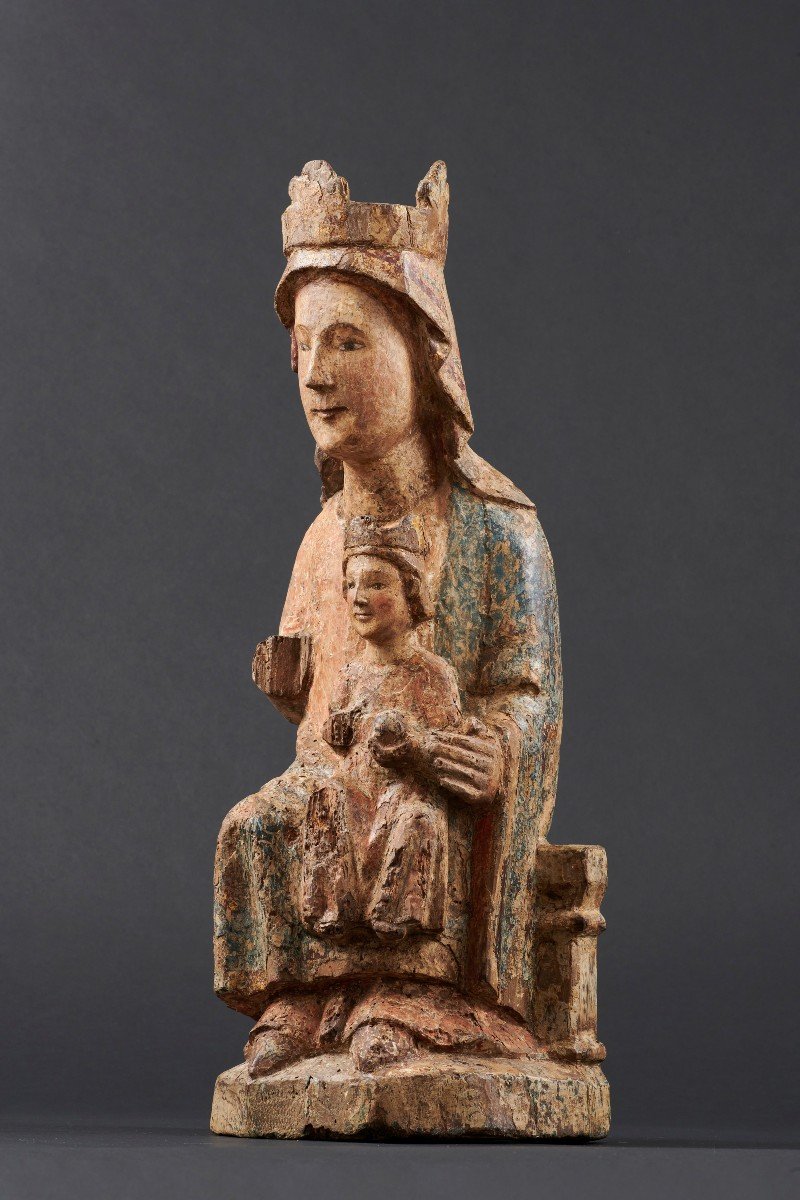




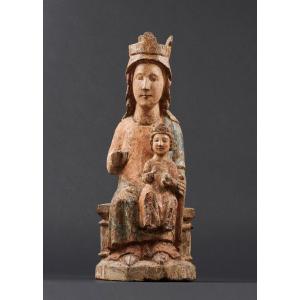









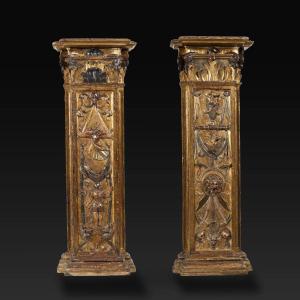

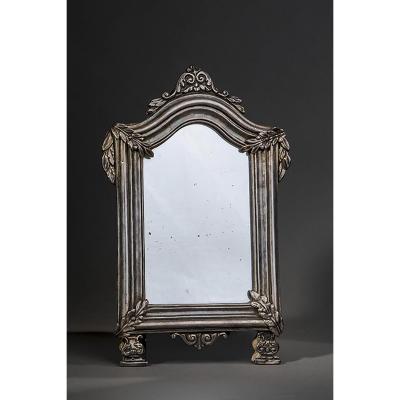

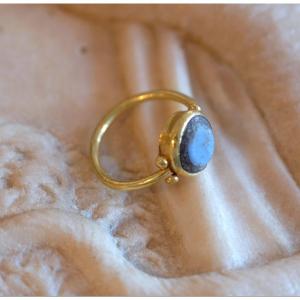

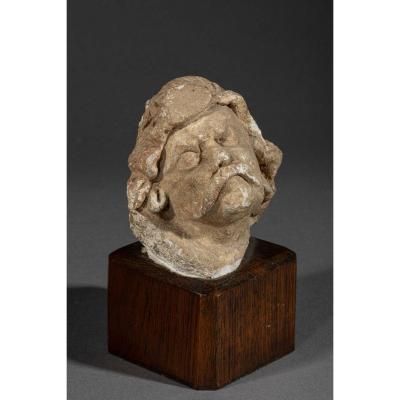
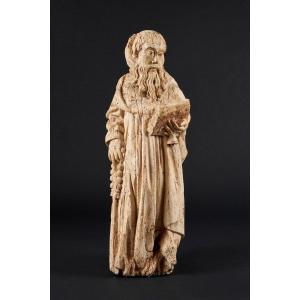
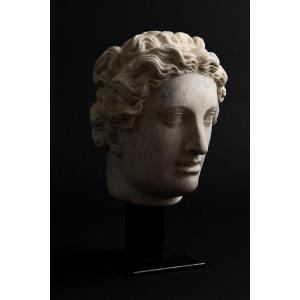
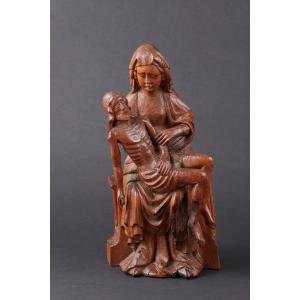



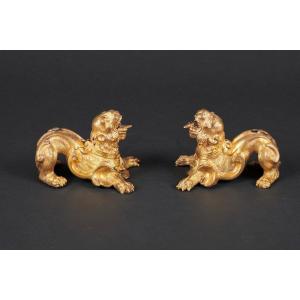

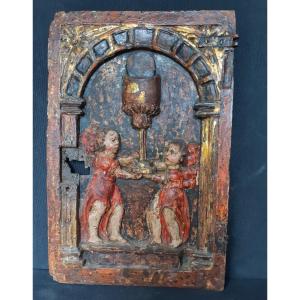


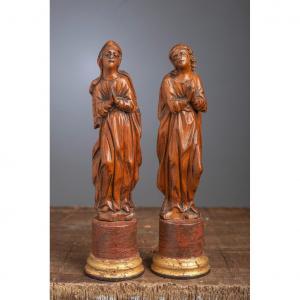



 Le Magazine de PROANTIC
Le Magazine de PROANTIC TRÉSORS Magazine
TRÉSORS Magazine Rivista Artiquariato
Rivista Artiquariato